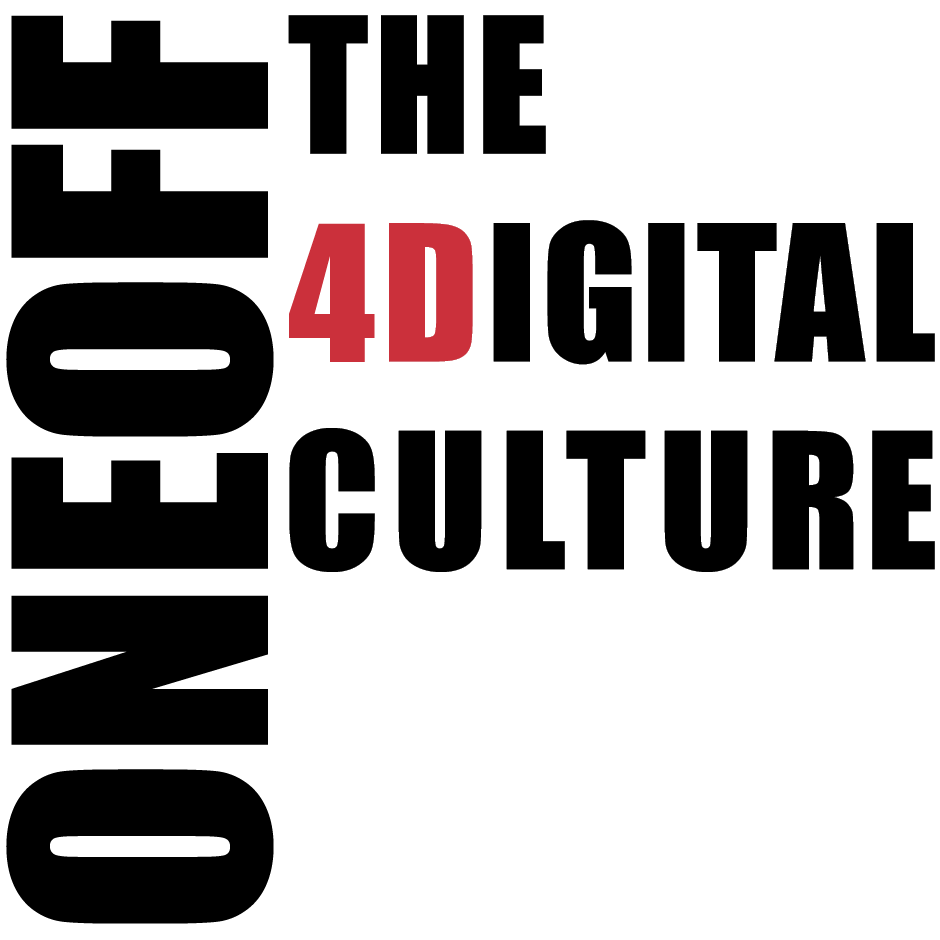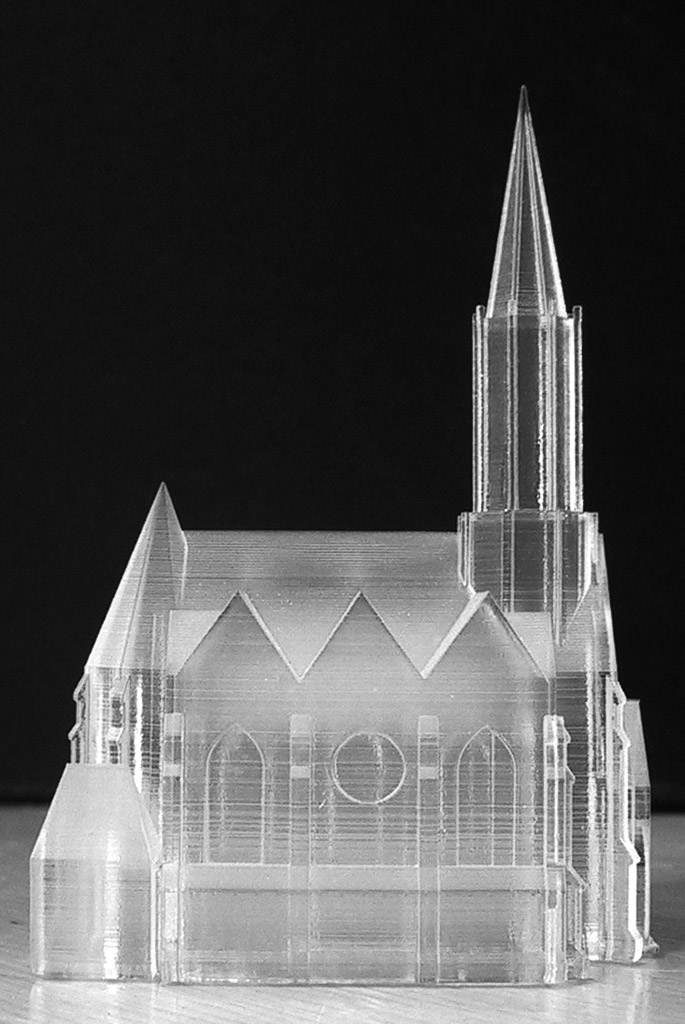TECH Stereolithography (SLA)
How it works
Stereolithography is one of the most widespread methods used in 3D printing and Rapid Prototyping. In this case too the model is made by superimposing planes.
The material used is an epoxy resin in liquid state, solidified layer by layer by means of a laser beam.
Using an appropriate CAD programme, supports are added to the 3D files and it is divided into a series of 2D cross-sections.
The actual process takes place inside a tank of liquid resin that is hit by an ultraviolet laser beam. Each section is drawn individually on the surface of the photosensitive liquid resin.
The resin solidifies by being exposed to the UV light (polymerization process).
With each successive layer, the platform lowers into the tank.
To prevent the model from collapsing in the tank, supports are constructed using the same process and at the same time as the model is constructed.
Because of the time needed for polymerization to occur, the laser cannot solidify the entire section but is limited to the profile and to a certain number of lines that join the internal perimeter to the external one.
At the end of this phase, the detail (green part) is solidified externally but not completely internally (red part).
The post-treatment allows the polymerization process to be completed.
This consists of exposing the model to a UV lamp.
The length of this process depends on the size of the prototype.
Once this post-treatment is completed the supports are removed and the piece undergoes a finishing process.
The end result is a solid model in white or translucent resin, depending on end use, with a tolerance of 0,1mm with respect to the CAD model.
The pieces can be used to check the shape and functionality of a design and as a sample for secondary processes for small production batches of plastic or metal parts.
Available materials
WATERSHADE XC 11122
Low viscosity liquid photopolymer that produces particularly strong, water-resistant, parts with ABS-like properties.
Visual appearance: optically clear, almost colourless.
Layer thickness: 0,125 mm [Minimum – 0,05 mm (0.002 in); Maximum – 0,15 mm (0.006 in)]
Minimum wall thickness of the model: ≥ 0,5 mm
Max Build Envelope XYZ: 500x500x450H mm
When the size of the prototype exceeds these dimensions it is created in several parts that are subsequently assembled together.
Typical applications. This material is ideal for many applications in the automotive, medical and consumer electronics markets and include: Lenses / Packaging / Water flow analysis / Aerodynamic tests / RTV patterns / Durable concept models / Quickcast patterns / Details with high level of precision / Styling / Assembly verification
Features. Looks and feels like ABS / water-resistant / excellent surface resolution and accuracy of details.
Advantages. Semi transparent material that allows to see inside the object.
ACCURA 25
Similar properties and aesthetics to polypropylene with high flexibility and excellent shape maintenance.
Appearance of model: White
Layer thickness: 0,125 mm [Minimum – 0,05 mm (0.002 in); Maximum – 0,15 mm (0.006 in)]
Minimum wall thickness of the model: ≥ 0,5 mm
Max Build Envelope XYZ: 350x350x320H mm
When the size of the prototype exceeds these dimensions it is created in different parts that are subsequently assembled together.
Typical applications. Functional components and mock-ups for: style details for the car industry (trimmings, dashboards, and other components), consumer electronic components, toys, snap fit components / Master-moulds for RTV-silicone replicas / Alternative method to CNC milling for producing small batches of polypropylene parts / Simulation of injection-moulded parts / Concept and marketing models / Details with high level of precision /Assembly verification
Features. Looks and feels like moulded polypropylene / High flexibility with excellent shape retention / Outstanding accuracy and resolution of details / High production speed / Fully developed and tested construction styles
Advantages. Increased market opportunities for models / Reliable and sturdy functional prototypes / Suitable as master patterns in reproduction processes
NANOTOOL
NanoTool is a strong and rigid composite material which is resistant to high temperatures. It is a third generation material with a high concentration of non-crystalline nanoparticles that allow for faster processing. Compared to other composite materials used in stereolithography, it presents a superior sidewall quality and excellent resolution of details.
Appearance of model: off-white colour and smooth surface.
Layer thickness: 0,125 mm [Minimum – 0,05 mm (0.002 in); Maximum – 0,15 mm (0.006 in)]
Minimum wall thickness of the model: ≥ 0,5 mm
Max Build Envelope XYZ: 250x250x260H mm
hen the size of the prototype exceeds these dimensions it is created in different parts that are subsequently assembled together.
Typical applications. Excellent for metal plating / strong, rigid components that can resist high temperatures / wind tunnel models for aerospace and automotive applications / rapid tooling for injection moulding / Concept and marketing models / Details with high level of precision / Assembly verification
Features. Strong and rigid/ resistant to high temperatures using conventional stereolithography machines / fast and accurate processing / superior sidewall quality / excellent surface resolution and details
Media Gallery






